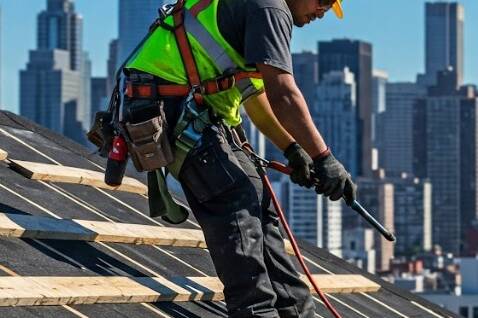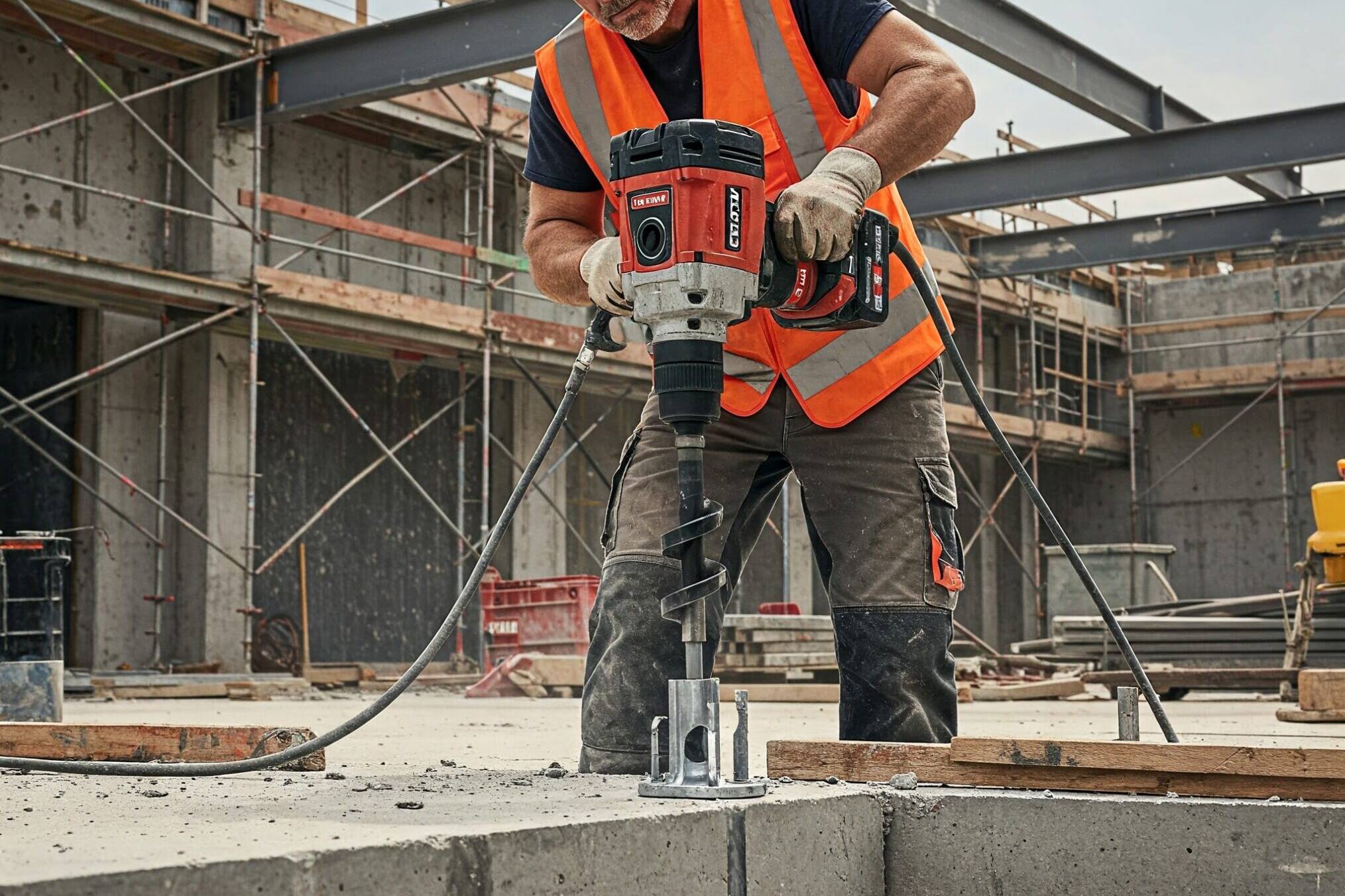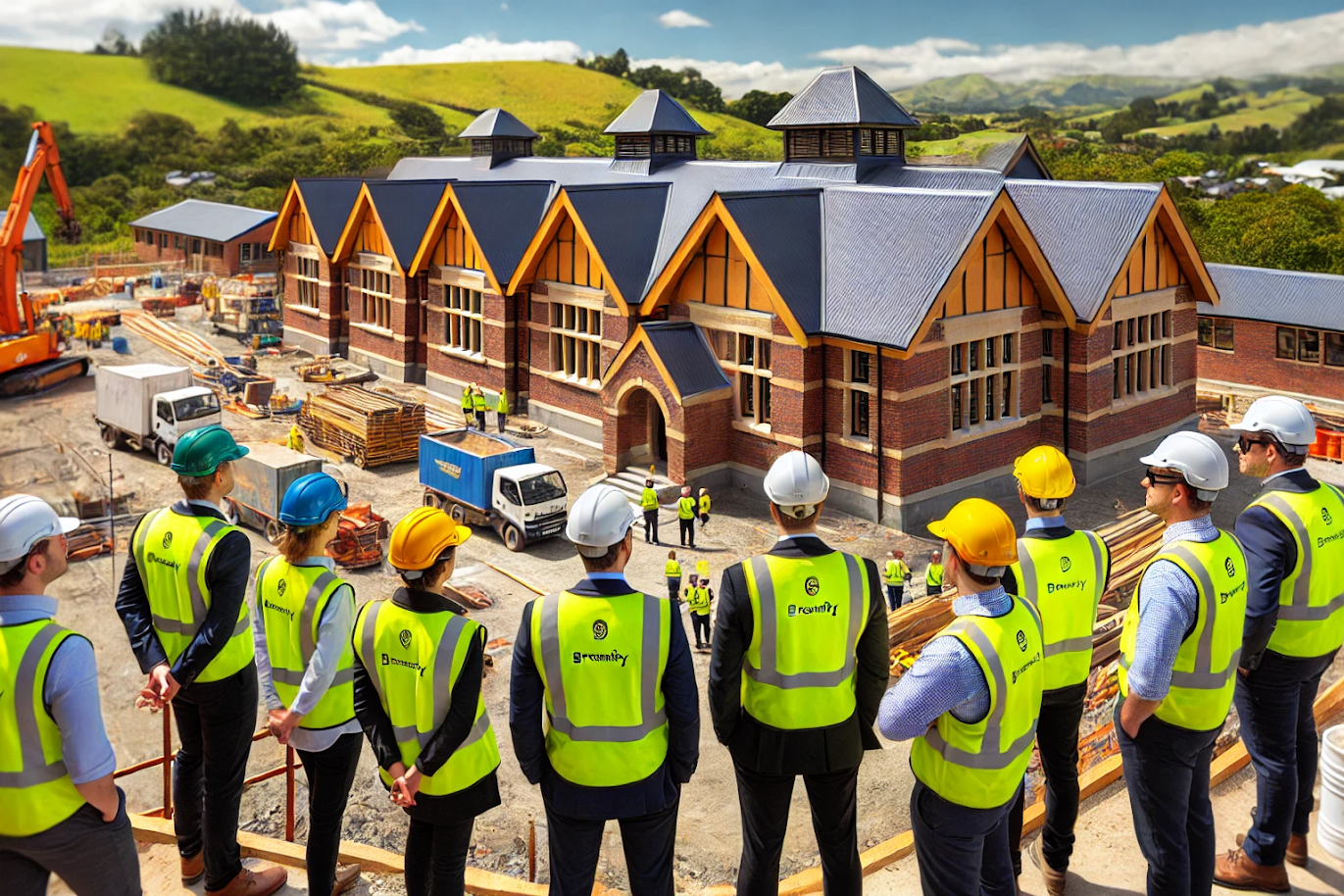New Zealand’s growing population and an aging school infrastructure places pressure on the education system. This combination requires significant investment to bring existing structures up to standard and to prepare for the future.
Since 2018, $2.9bn has been provided through successive government budgets, and in 2022 the budget provides an additional $777m in capital investment:
-
$280m has been dedicated to providing classrooms for schools with growing roles
- $105m is being provided to fund quality classrooms and new sites for Māori Medium and Kaupapa Māori kura
- An additional $88m is provided for the on-going Christchurch School Rebuild programme.
The design and construction of new schools is directed by the School Property Strategy 2030 which aims to provide all state schools with quality learning environments by 2030. As a result, there is plenty of activity constructing, expanding and improving schools across the country.
Firstly, what’s changed?
Seismically rated anchor regulations in NZ have actually been around a while now. In 2017, an amendment to the NZS 3101 Concrete Standard (amendment 3) included requirements for all post-installed concrete anchors to be designed to European Design Standards (EOTA TR045) and European Test Standards (ETAG 001). The standards written in ETAG 001 set out the basis for using anchors in cracked and uncracked concrete. The scope of ETAG 001 states that C1 and C2 anchors should be specified “when failure of anchorages made with these products would compromise the stability of the works, cause risk to human life and/or lead to considerable economic consequences.” In short, a C1/C2 anchor is rated at a lesser capacity, so that it still works even if it finds itself in a big crack after an earthquake. The difference between C1 and C2 is the size of the crack that the anchor will work in. C2 works in a bigger crack than C1.
NZS 3101, amendment 3 is referenced in the new ceilings standard, AS/NZS 2785: 2020, and so the requirement for C1/C2 anchors has entered the interiors domain. Or has it? There’s currently major regulatory grey areas:
- AS/NZS 2785: 2020 is not cited in the building code, meaning compliance with this standard is not strictly required to comply with minimum building regulations
- ETAG 001 and EOTA TR045 are now superseded in Europe, so are not necessarily considered engineering best practice
And where there are grey areas in the regulations, determination of compliance falls back on “engineering judgement” for design and certification, and “regulator discretion” for consent acceptance. Now these are two phrases that should send shivers down the backs of a QS or PM as they try to lock down a price and a delivery program…
And what to do about it?
With the potential to cause major headaches for designers and installers, we need to discuss this issue soundly across the industry to establish a widely agreed, practical and safe interpretation of the requirements. To help lead this discussion, this is what I’ll be doing:
- Researching the applicability of the NZS 3101 definition to ceiling suspension. My gut feel is that, while seismically rated anchors have plenty of sensible applications, they are over-applied for most suspended ceiling applications. MBIE has recently published a document on Seismic Risk Guidance for Buildings that emphasises “understanding the relative vulnerability of different building elements, and potential consequences of failure of these elements”. I think a similar approach will be useful here.
- Talking to industry to establish an impact statement from the commercial context. What are the likely time and materials implications of this specification change?
- Recommending a new, more balanced paradigm, circulate that amongst the industry for comment, and get it published in the SESOC engineering journal for peer review and legitimacy.
I’d be interested to hear from anyone who has thoughts on this and would like to contribute. Please get in touch if you’d like to be part of this conversation.
Fall Arrest Systems: How Fall Protection Compliance Differs Between Australia and New Zealand
While both Australia and New Zealand adhere to similar fall protection standards, their approaches to enforcement and…
Rethinking Seismic Anchors: A Smarter Approach for Interiors Engineering
Explore how Brevity is leading a smarter approach to seismic anchors in interiors engineering—balancing compliance,…
Navigating Interiors Engineering Challenges in New Zealand’s Education Sector: Key Considerations for Architects
Designing interiors for educational facilities in New Zealand requires a precise balance between safety, functionality,…


